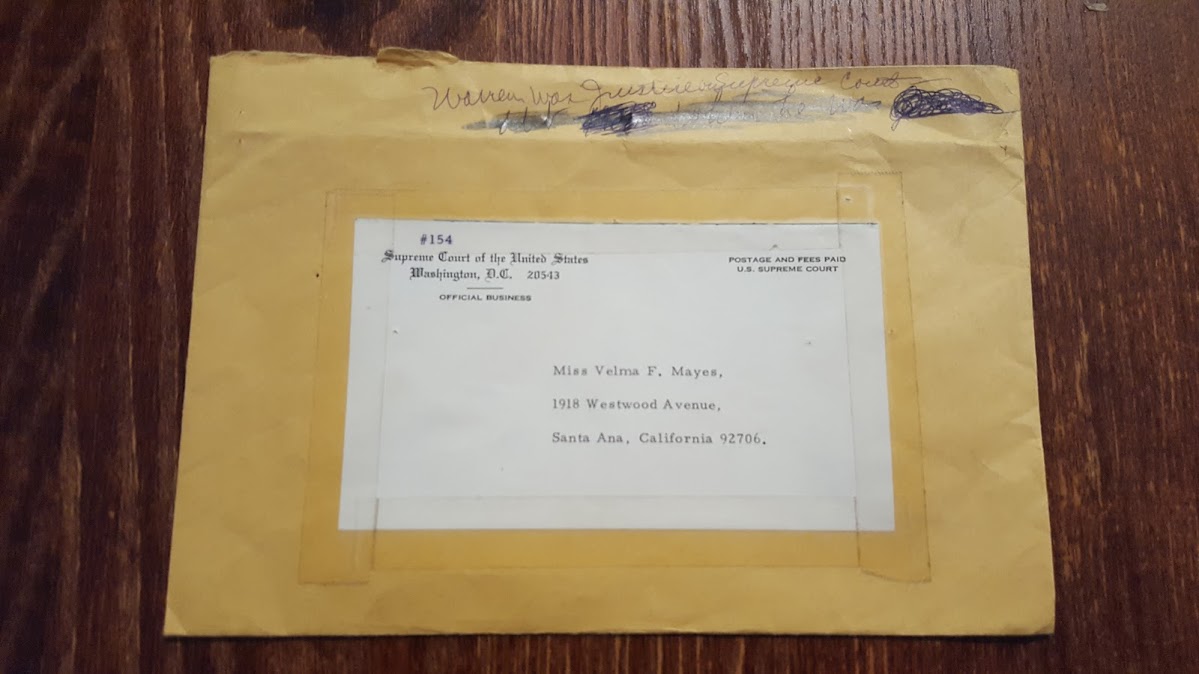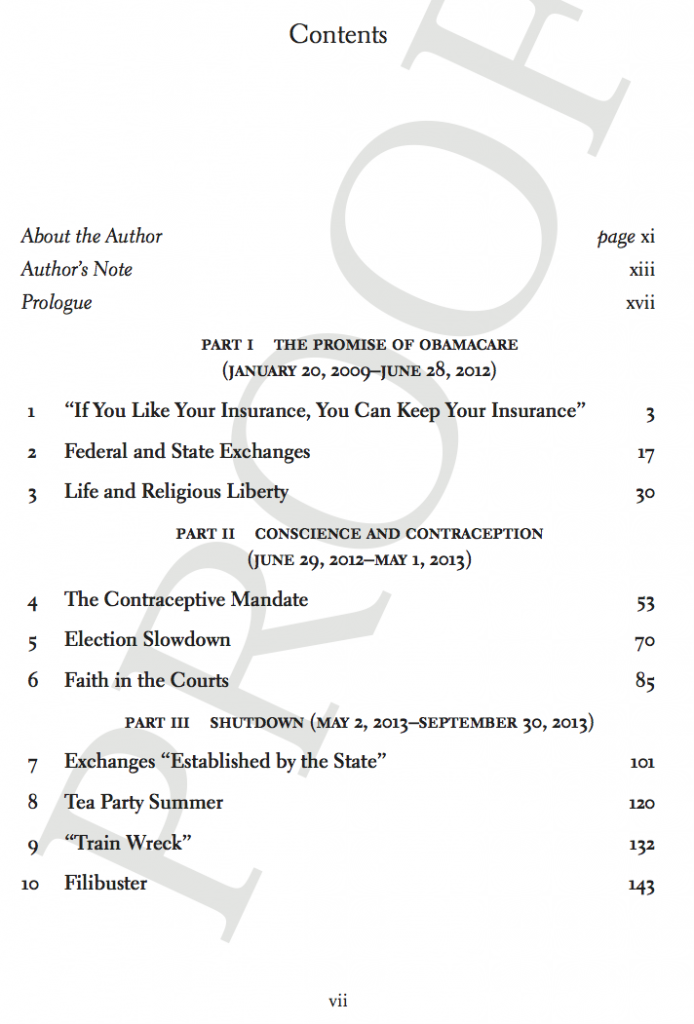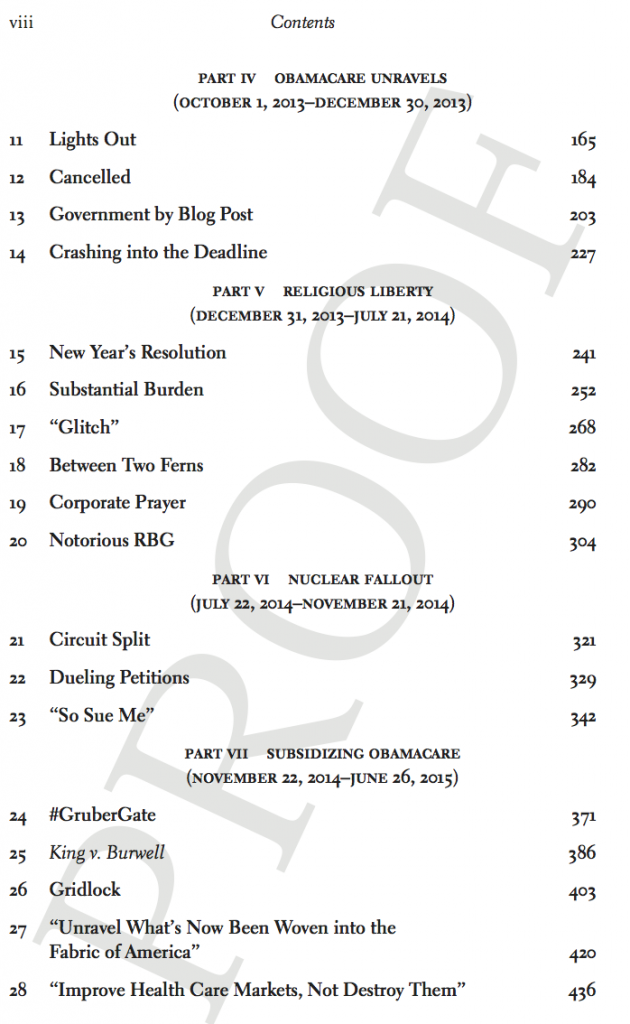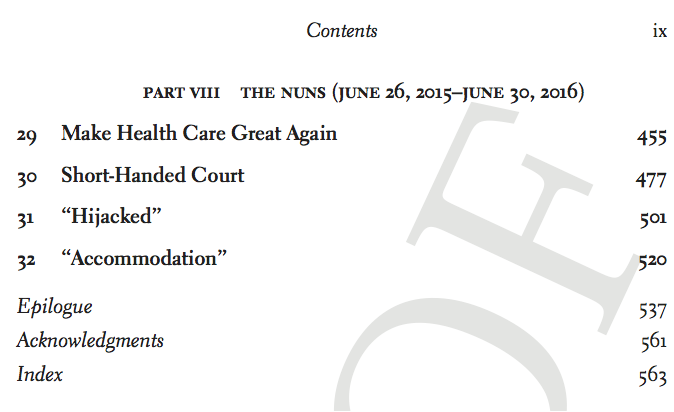As Professors attempt to conjure up insane situations where a constitutional crisis mandates that we ignore the Constitution, we should not forget that, once again, the Framers gave us a much more elegant solution: the electoral college. A Republican elector of Georgia’s electoral college has indicated that he may not be able to vote for Trump, even if the Donald wins the Peach State. Would this be anti-democratic? Absolutely, and that’s the point.
Contrary to what you may have been taught in school, we do not have a democracy. After the Revolution, the Founders soured on the democratic governments in their 13 states, so they replaced the Articles of Confederation with a new “republican” form of government, which would better secure the individual rights of the people. To prevent the government from violating our rights, power was divided in various ways to block the power of democratic majorities. One of the most poignant examples of this buffer was the electoral college.
Voters do not actually vote for the President. When millions of Americans go to the ballot box in November, they are actually voting for delegates, who will meet in the electoral college, to determine who should receive that state’s electoral votes. In recent years, the meeting of the electoral college has been a formality, as delegates would always vote based on who won the popular vote in the state (with the exception of Maine and Nebraska which award votes proportionally). But this was not the framer’s design: Originally, delegates were not only allowed to, but indeed were expected to vote differently than the will of the people to prevent a person unfit for the Presidency from assuming the office.
Long before he was a Broadway superstar, Alexander Hamilton forcefully defended the anti-democratic features of the electoral college in Federalist No. 68. Publius explained that it was “desirable that the sense of the people should operate in the choice,” but the ultimate decision of who should select the Chief Magistrate should fall to a group of “men chosen by the people for the special purpose.” These individuals, buffered from the vicissitudes of the populace, would be “most capable of analyzing the qualities adapted to the station,” and most likely to “possess the information and discernment requisite to such complicated investigations.” Such a process, Hamilton wrote, “affords a moral certainty, that the office of President will never fall to the lot of any man who is not in an eminent degree endowed with the requisite qualifications.”
To paraphrase Lin-Manuel Miranda’s rendition of the $10 founding father, the electoral college does not throw away its shot. Simply stated, the people by themselves could not be completely trusted, and the electoral college exists to prevent the selection of a demagogue as the Commander in Chief. If this republicanism is too jarring for Mr. Trump, he should read James Madison’s Federalist No. 10, perhaps the most important essay in American political theory–or at least surround himself with the “best people” who have studied it. Madison wrote that the greatest good of government is to guard against the risk of factions–even those supported by a majority–for such a movement “enables it to sacrifice to its ruling passion or interest both the public good and the rights of other citizens.” In short, under democratic republicanism, there is nothing stopping a majority of the polity from engaging in self-dealing at the expense of the minority. Alexis de Tocqueville later dubbed this the “tyranny of the majority.”
What Madison and his allies in Philadelphia decided was that we needed a new republican form of government that would address the weakness of the too-democratic state constitutions, while preserving the notion of popular sovereignty. Madison believed that “to secure the public good and private rights against the danger of such a faction, and at the same time to preserve the spirit and the form of popular government, is then the great object to which our inquiries are directed.” Our anti-democratic electoral college is a manifestation of Madison’s inquiry.
The framers viewed the delegates sent to attend the electoral college as a check, to ensure that a demagogue–even someone who achieved a majority in the popular vote–would not be selected as President. This is still (in large measure) the law today. According to FairVote, 29 states bind their electors to vote for the candidate that won the popular vote. But 21 states do not. In 2012, the AP reported that 5 Republican “rogue” electors would vote for Ron Paul over Mitt Romney.
No matter how often constitutional crises arise, I am always struck that the framers provide an exit hatch. As I noted in my Harvard Law Review piece, if the Senate won’t confirm any nominees, the President can adjourn the Senate and make a recess appointment. There’s usually an answer baked in somewhere.




